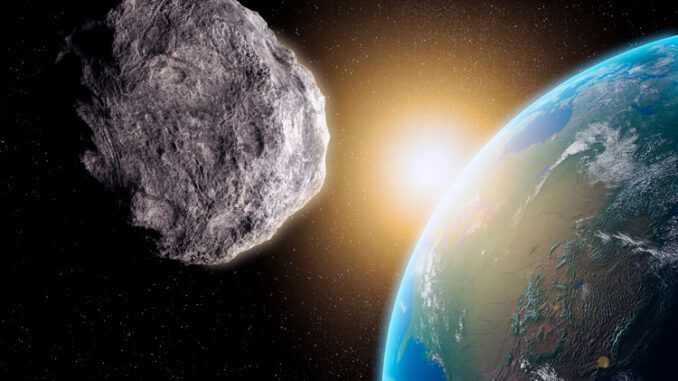
You might have recently heard that Earth has a second “moon.” Here’s what you need to know.
What is it, really?
2024 PT5 is an asteroid, or a small, rocky object that orbits the Sun. Some are calling this asteroid a “mini moon” because it is temporarily orbiting Earth. A moon is a natural object that orbits a planet. Earth has only one true moon, but some planets have many moons.
How long will Earth have a mini moon?
On September 29, 2024, 2024 PT5 was captured by Earth’s gravity and pulled into orbit. Scientists predict that it will orbit Earth until November 25, 2024. Then it will break free from Earth’s gravity and continue its orbit around the Sun. It will not make a complete orbit around Earth, but will instead follow a horseshoe-shaped path.
Where did it come from?
The asteroid is part of a family of asteroids that have similar orbital paths to Earth in the Arjuna asteroid belt. Since the orbital paths are so similar, 2024 PT5 will make more close passes to Earth in the future.
Will you be able to see the mini moon?
The asteroid is only about 10 meters across (the size of a school bus) and rather dim, so without powerful telescopes it will not be visible from Earth. In addition, it is nine times farther away than Earth’s moon.
Is this unusual?
Scientists have observed two prior “long-capture” events and two prior “short-capture” events. Long capture events involve asteroids that complete one or more full orbits around Earth and can last a year or more. They are thought to be relatively rare, occurring once every 10 to 20 years. Short capture orbiters, like 2024 PT5, that do not make complete orbits are thought to be more common, occurring several times per decade.
Check out the animation below!
https://www.jpl.nasa.gov/images/pia26452-asteroid-2024-pt5s-orbit-around-the-sun-animation/
What Do You Think? Why might scientists be interested in near-Earth objects like 2024 PT5?
Photo Credit: Science Photo Library – ANDRZEJ WOJCICKI/Getty Images; Video: NASA/JPL-Caltech



